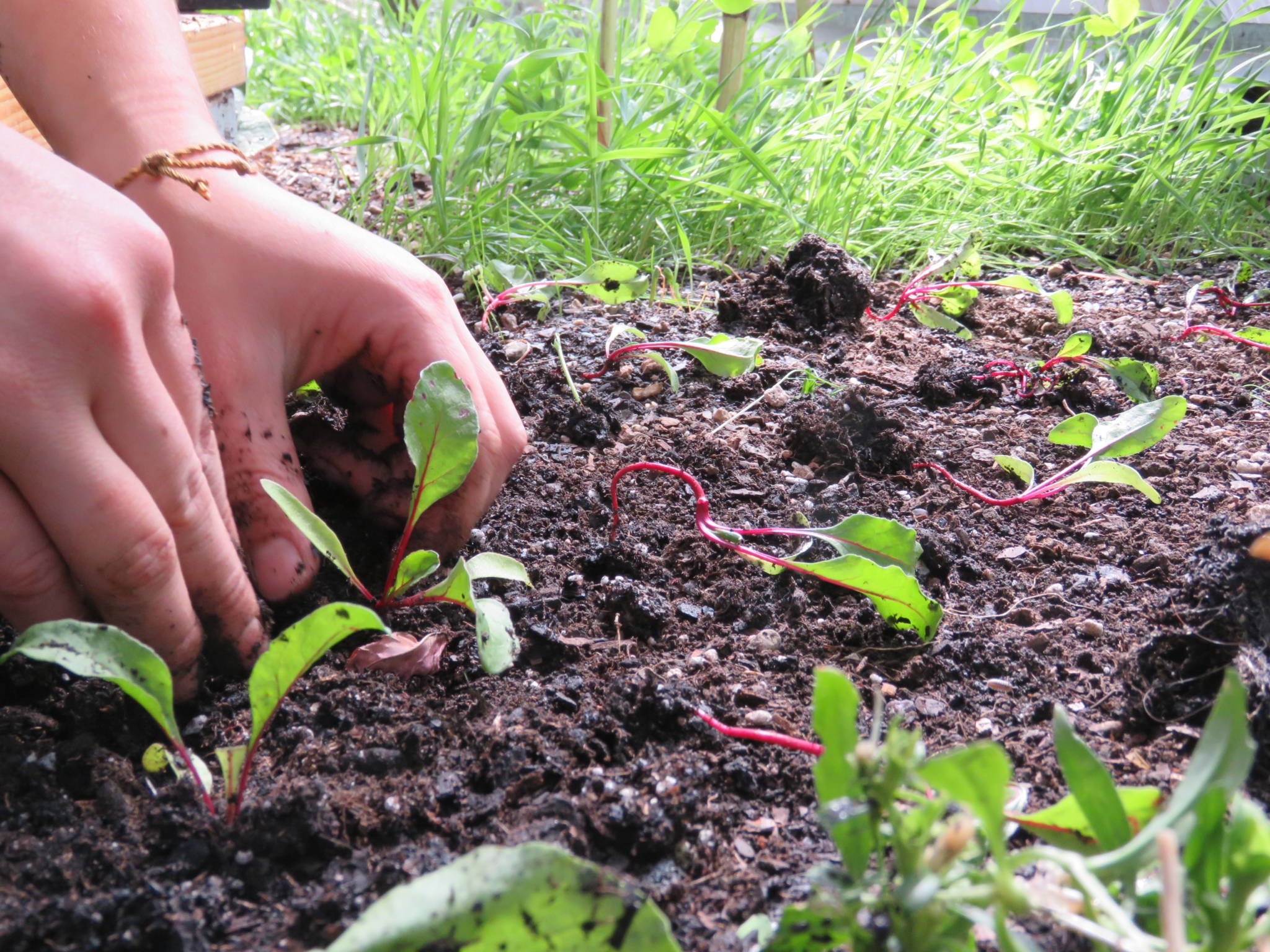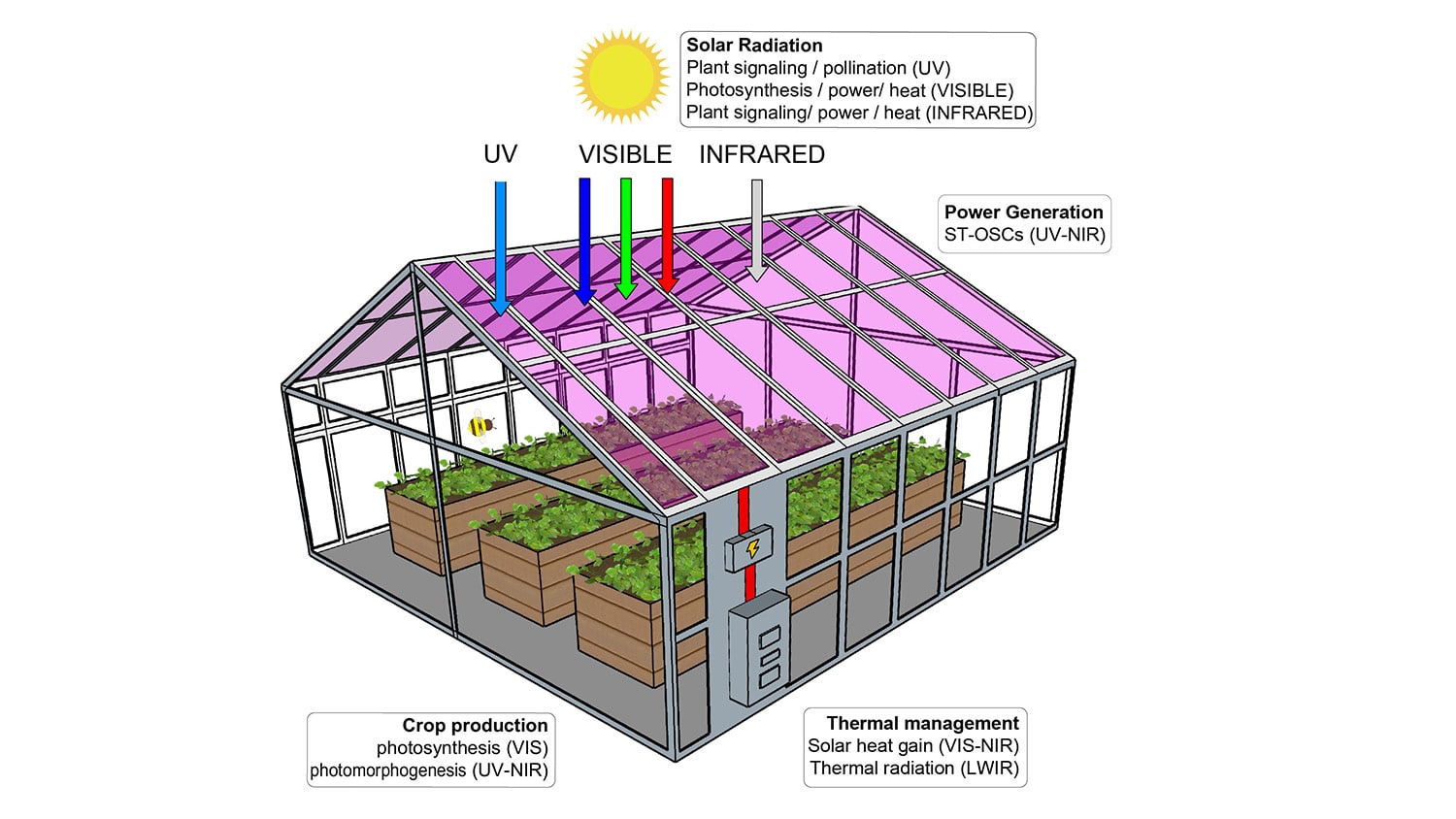Understanding the Greenhouse Planting Schedule
A greenhouse planting schedule is a detailed plan that outlines when to plant, grow, and harvest various plants in a controlled environment. This schedule ensures year-round productivity and optimizes the use of climate conditions, enabling growers to produce crops continuously. By extending growing seasons, greenhouse planting schedules offer numerous benefits, including increased yields, improved plant quality, and reduced vulnerability to external factors such as weather and pests.
Choosing the Right Plants for Your Greenhouse
Selecting suitable plants for your greenhouse is crucial for ensuring optimal growth and productivity. Consider the climate requirements and growth patterns of various plants to determine which ones are ideal for your greenhouse. Popular greenhouse plants include tomatoes, cucumbers, bell peppers, and various herbs and flowers. These plants typically thrive in controlled environments and can be grown year-round with proper planning and care.
When creating a greenhouse planting schedule, consider the ideal planting times for your chosen plants. For example, tomatoes and bell peppers usually perform best when planted in late winter or early spring, while cucumbers and herbs may be more suitable for summer or fall planting. By aligning your planting schedule with each plant’s natural growth cycle, you can maximize yields and ensure continuous production.
Preparing Your Greenhouse for Planting
Proper preparation is essential for a successful greenhouse planting experience. Begin by ensuring your greenhouse structure is in good condition, with adequate ventilation, insulation, and light sources. Next, focus on soil preparation, as this is the foundation for healthy plant growth.
To prepare the soil, begin by removing any debris, weeds, or old plants. Thoroughly mix in organic matter, such as compost or well-rotted manure, to improve soil structure, fertility, and water retention. After mixing, sterilize the soil to eliminate any harmful pathogens or pests that could negatively impact your plants. Soil sterilization can be achieved through solarization, steam pasteurization, or chemical treatments.
Once the soil is prepared, set up the necessary equipment for planting, such as seed trays, pots, and potting mix. Regularly maintain and clean your greenhouse to ensure a healthy and productive environment for your plants. Schedule routine tasks, such as watering, fertilizing, and pest control, to maintain optimal growing conditions and prevent issues from arising.
How to Create a Personalized Greenhouse Planting Schedule
Creating a tailored greenhouse planting schedule is essential for maximizing year-round plant growth and productivity. By considering factors such as plant varieties, climate conditions, and desired harvest times, you can optimize your greenhouse operations and ensure a continuous supply of fresh produce.
To create a personalized greenhouse planting schedule, follow these steps:
- List the plants you intend to grow, considering their climate requirements and growth patterns.
- Research the ideal planting times for each variety, taking into account your local climate conditions and desired harvest dates.
- Create a calendar or spreadsheet to organize your planting schedule, including sowing, transplanting, and harvesting dates.
- Factor in the lead time for seed germination and the growth cycle of each plant variety when creating your schedule.
- Regularly monitor plant growth and make adjustments to your schedule as needed, accounting for any unforeseen circumstances or issues that may arise.
- Consider implementing a rotation system to maintain soil fertility and prevent the buildup of pests and diseases.
By following this step-by-step guide, you can create a personalized greenhouse planting schedule that meets your unique needs and ensures a thriving, productive greenhouse environment.
Maximizing Plant Growth with Light and Temperature Management
Light and temperature are critical factors in plant growth and development. In a greenhouse setting, growers have greater control over these variables, allowing for optimal plant growth and increased productivity.
Light intensity and duration play a significant role in photosynthesis, the process by which plants convert light energy into chemical energy. To maximize photosynthesis, ensure your greenhouse receives adequate natural light or supplement with artificial grow lights as needed. Monitor light intensity and duration throughout the day to maintain optimal growing conditions.
Temperature management is equally important for plant growth. Different plant varieties have unique temperature requirements, so it’s essential to understand the ideal temperature range for each plant in your greenhouse. Utilize heating and cooling systems to maintain desired temperatures, and consider implementing strategies such as thermal screens or shading cloths to manage temperature fluctuations throughout the day.
By effectively managing light and temperature in your greenhouse, you can create an environment that promotes healthy plant growth, increases yields, and enhances the overall efficiency of your greenhouse planting schedule.
Monitoring and Adjusting Your Greenhouse Planting Schedule
Regularly monitoring plant growth and making necessary adjustments to your greenhouse planting schedule is crucial for maintaining a thriving greenhouse environment. By closely observing your plants, you can identify potential issues early on and take appropriate action to ensure healthy growth and development.
Monitoring plant growth involves tracking factors such as plant height, leaf color, and overall appearance. Additionally, keep an eye out for signs of pests, diseases, or nutrient deficiencies. Addressing these issues promptly can prevent them from spreading and causing further damage.
To adjust your greenhouse planting schedule, consider the following tips:
- Document your observations: Maintain a log of your plant growth data, including planting dates, growth rates, and any issues encountered. This information can help you identify patterns and make informed decisions about your planting schedule.
- Adjust planting dates: Based on your monitoring data, adjust planting dates for specific plant varieties to optimize their growth and ensure a continuous supply of produce.
- Implement crop rotation: Rotate crops to maintain soil fertility, prevent the buildup of pests and diseases, and promote overall plant health.
- Evaluate climate conditions: Regularly assess your greenhouse climate conditions, such as temperature, humidity, and light levels. Make adjustments as needed to maintain optimal growing conditions and support plant growth.
By consistently monitoring and adjusting your greenhouse planting schedule, you can ensure a thriving, productive greenhouse environment that meets your unique needs and goals.
Expanding Your Greenhouse Operations
For advanced greenhouse growers seeking to scale up their operations and manage multiple planting schedules, implementing tools and technologies for automating and streamlining greenhouse processes can be a game-changer. By optimizing your greenhouse systems, you can increase productivity, reduce labor costs, and ensure consistent year-round growth.
Consider the following strategies for expanding your greenhouse operations:
- Automated irrigation systems: Implement automated irrigation systems to ensure precise watering schedules and conserve water resources. These systems can be programmed to deliver the exact amount of water needed for each plant variety, reducing the risk of overwatering or underwatering.
- Climate control systems: Utilize climate control systems to manage temperature, humidity, and light levels in your greenhouse. These systems can be integrated with sensors and monitoring equipment to maintain optimal growing conditions and adjust settings as needed.
- Vertical growing systems: Make the most of your greenhouse space by incorporating vertical growing systems, such as hydroponic or aeroponic towers. These systems allow you to grow more plants in a smaller area, increasing productivity and reducing the need for additional greenhouse structures.
- Monitoring and data analysis software: Use monitoring and data analysis software to track plant growth, climate conditions, and other key performance indicators. This information can help you identify trends, make data-driven decisions, and optimize your greenhouse planting schedule for maximum efficiency and productivity.
By incorporating these tools and technologies into your greenhouse operations, you can effectively manage multiple planting schedules, increase productivity, and maintain a thriving, sustainable growing environment.
Incorporating Sustainable Practices in Your Greenhouse Planting Schedule
Adopting sustainable practices in your greenhouse planting schedule is crucial for reducing energy consumption, conserving water, and promoting eco-friendly materials. By implementing these environmentally-friendly techniques, you can contribute to a healthier planet while maintaining a thriving, productive greenhouse environment.
Consider the following sustainable practices for your greenhouse planting schedule:
- Energy-efficient lighting: Utilize energy-efficient LED grow lights to reduce energy consumption and lower your carbon footprint. These lights provide the full light spectrum needed for plant growth while using significantly less energy than traditional grow lights.
- Passive solar heating: Incorporate passive solar heating techniques, such as south-facing greenhouse orientations and thermal mass materials, to harness the sun’s energy and maintain optimal temperatures during colder months.
- Rainwater collection systems: Install rainwater collection systems to conserve water and reduce your reliance on municipal water sources. Rainwater can be used for irrigation, soil moisture retention, and other greenhouse processes.
- Organic pest control methods: Use organic pest control methods, such as beneficial insects, botanical pesticides, and companion planting, to minimize the use of chemical pesticides and promote a healthier growing environment.
- Biodegradable pots and containers: Opt for biodegradable pots and containers made from materials like coconut coir, peat moss, or rice husks. These eco-friendly alternatives can be planted directly in the ground, reducing waste and promoting sustainable growing practices.
By incorporating these sustainable practices into your greenhouse planting schedule, you can create a thriving, eco-friendly growing environment that benefits both your plants and the planet.







